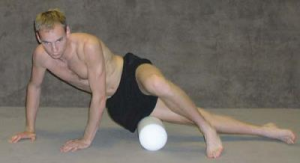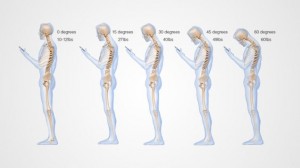
Intuitively we all know that sleep is good for us. We feel better when we have had a good night’s sleep and grumpier, less patient, not as focused and don’t have as much energy when we are short on sleep. But, we don’t have a good understanding of what sleep does, why we need it and how much is ideal. Recent research has started to open the doors on this enigmatic yet essential aspect of everyday life.
A study published in Science has discovered that sleep actually helps clean the brain. (1) More specifically, waste products that gum up the spaces between neurons in the brain, including the beta-amyloid plaques that contribute to Dementia and Alzheimer’s disease are pushed out of the brain. During sleep, the volume of space between neurons increases by over 60%, inducing convective flow (suction) of cerebrospinal fluid like a pump, pushing the fluid and waste out.
The sleep-waste clearance link was first discovered by Jeff Iliff and co-workers in 2012. He makes the point that the lymphatic system, which clears waste throughout the body, does not exist in the brain, an organ with the highest metabolism and therefore the highest waste generation. (2) Jeff and his team discovered that a mechanism other than the lymph system must be responsible for removing waste from the brain. You can watch an 11- minute TED talk given by clicking on the link below:
https://www.youtube.com/watch?v=MJK-dMlATmMh
Recommendation
Make sleep a primary wellness goal, even if it means taking time out of your busy schedule to relax before trying to get to sleep. We still do not know the ideal number of hours to sleep each night. Recent research has found that this may vary from person to person based on genetic factors. (3) Until we develop a more thorough understanding, the best gage for how much sleep you need can be based on how you feel. Do you wake up feeling tired or like you need more sleep? Do you nod off during the day? Do you feel tired, groggy or irritable during the day? If so, you should probably be getting more sleep. Research will hopefully begin to shed more light on an ideal amount of sleep, but in the meantime you can base it on how you feel.
That sleep is required for the brain as well as for the rest of the body is self-evident by its ubiquity in nature, but the discovery of another physical reason so important as this provides direct motivation to take sleep as seriously as all other aspects of wellness, if not more so.
(1.) Xie et al., “Sleep Drives Metabolite Clearance from the Adult Brain” in Science 342 2013 373.
(2.) Iliff et al., “CEREBROSPINAL FLUID CIRCULATION”: A Paravascular Pathway Facilitates CSF Flow Through the Brain Parenchyma and the Clearance of Interstitial Solutes, Including Amyloid β” in Sci Transl Med 15 August 2012.
(3.) Kuna, et al., “Heritability of performance deficit accumulation during acute sleep deprivation in twins.” in Sleep 2012 Sep 1;35(9):1223-33




